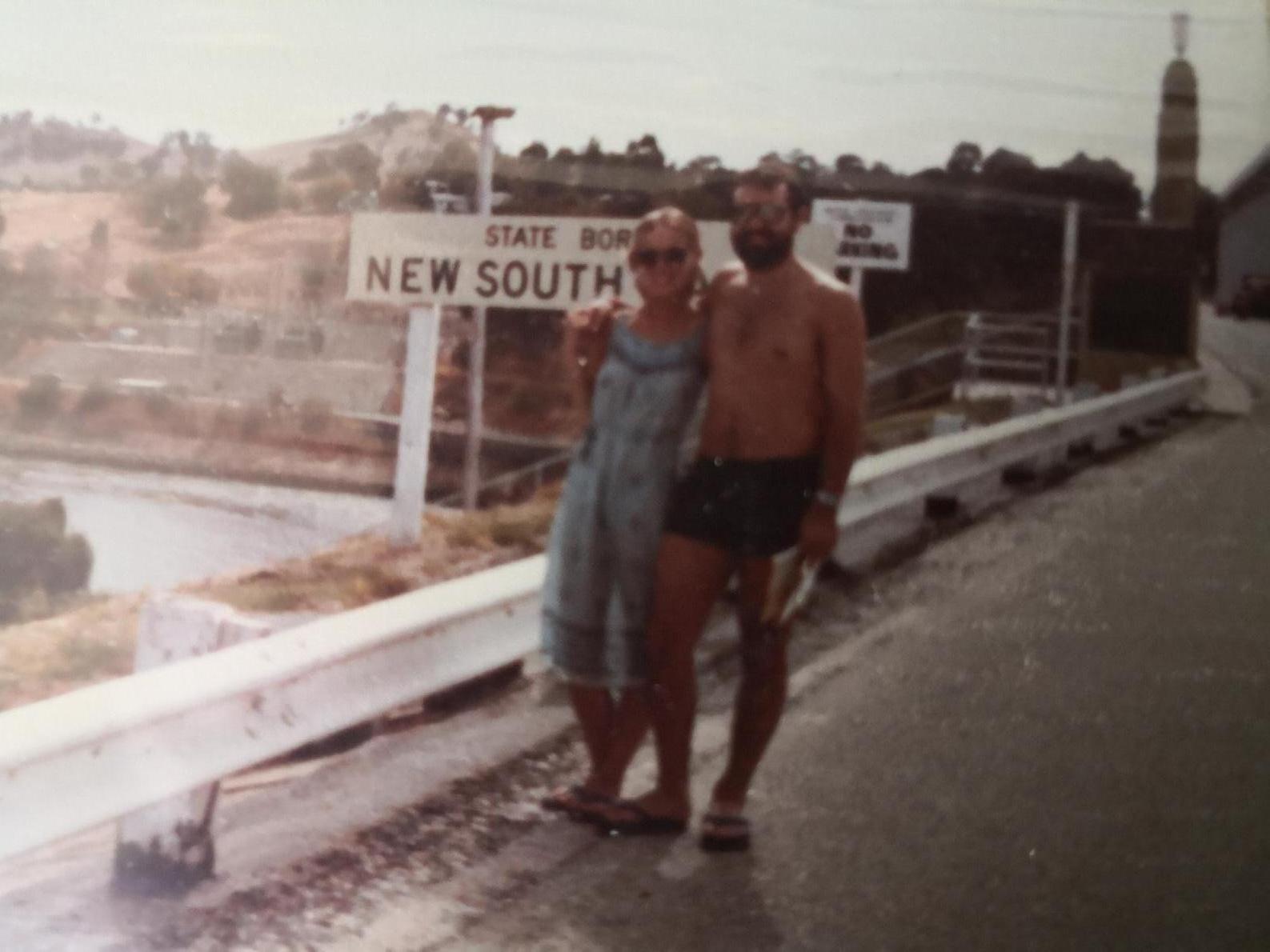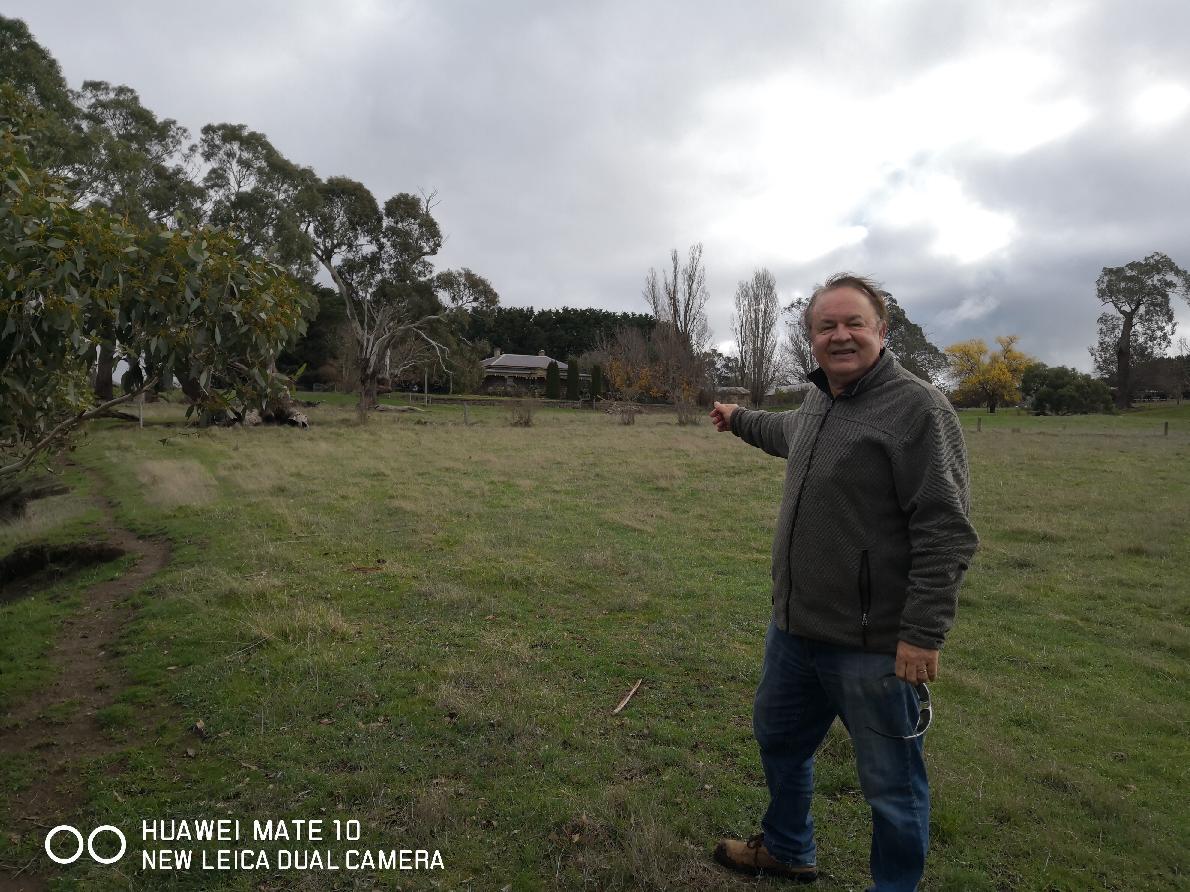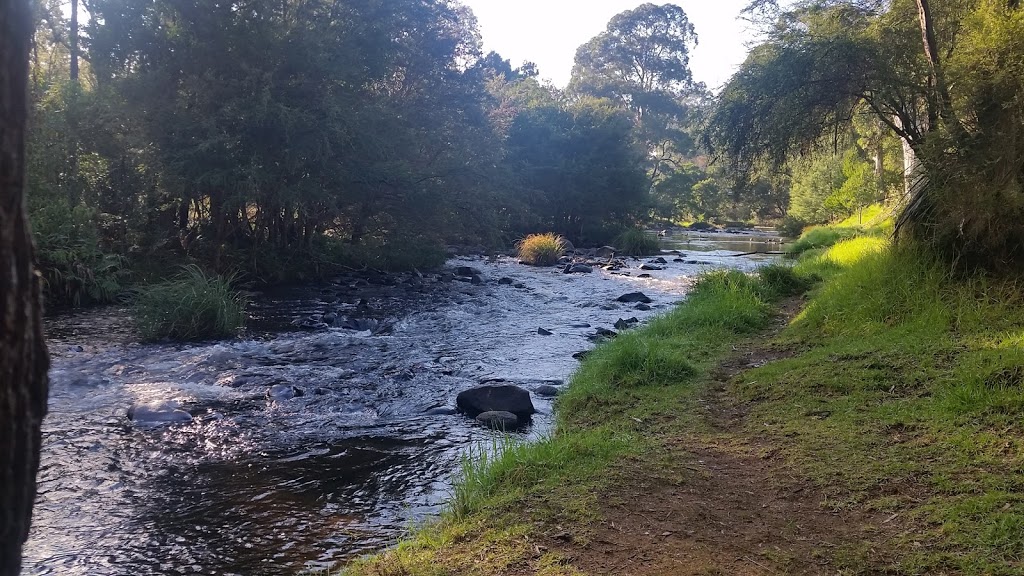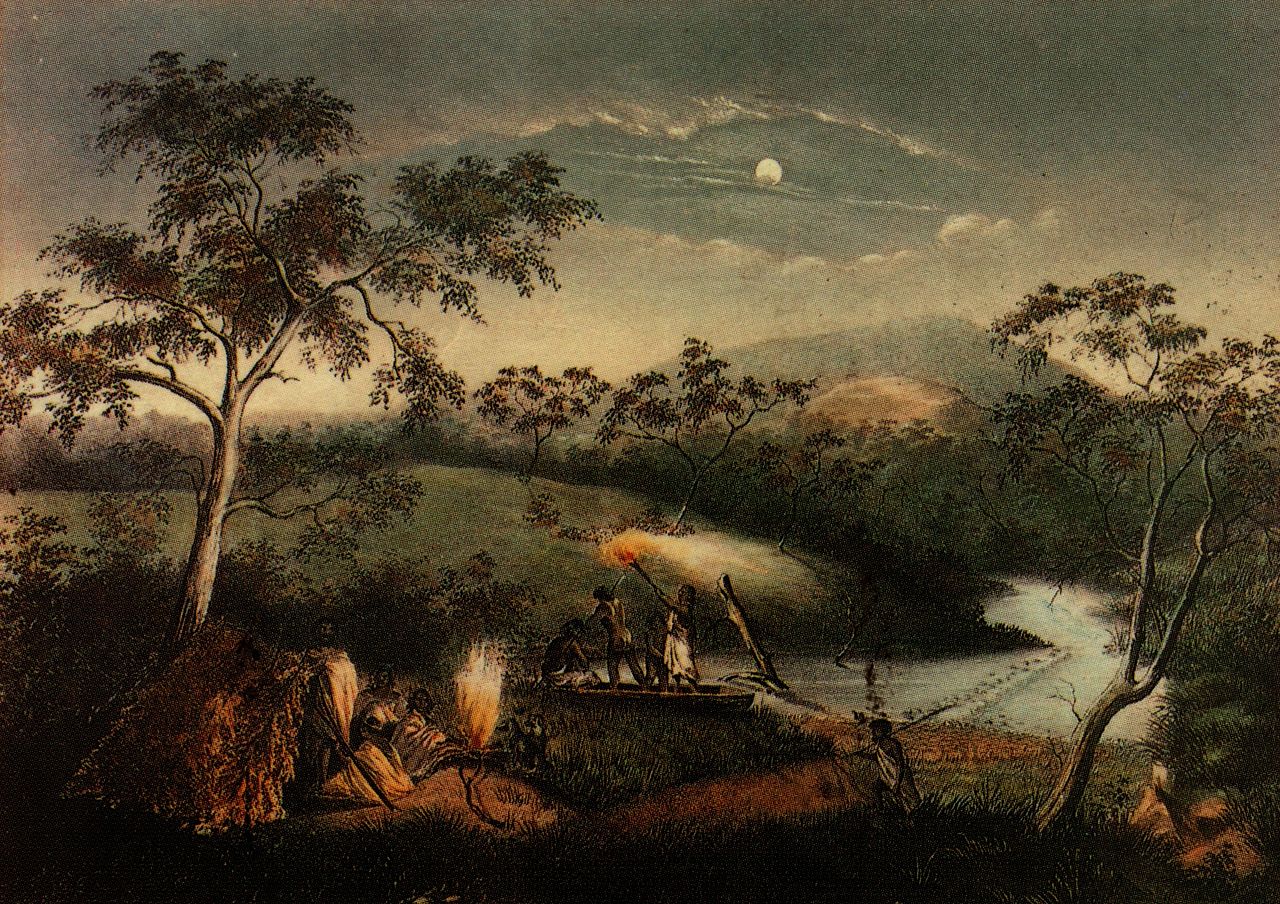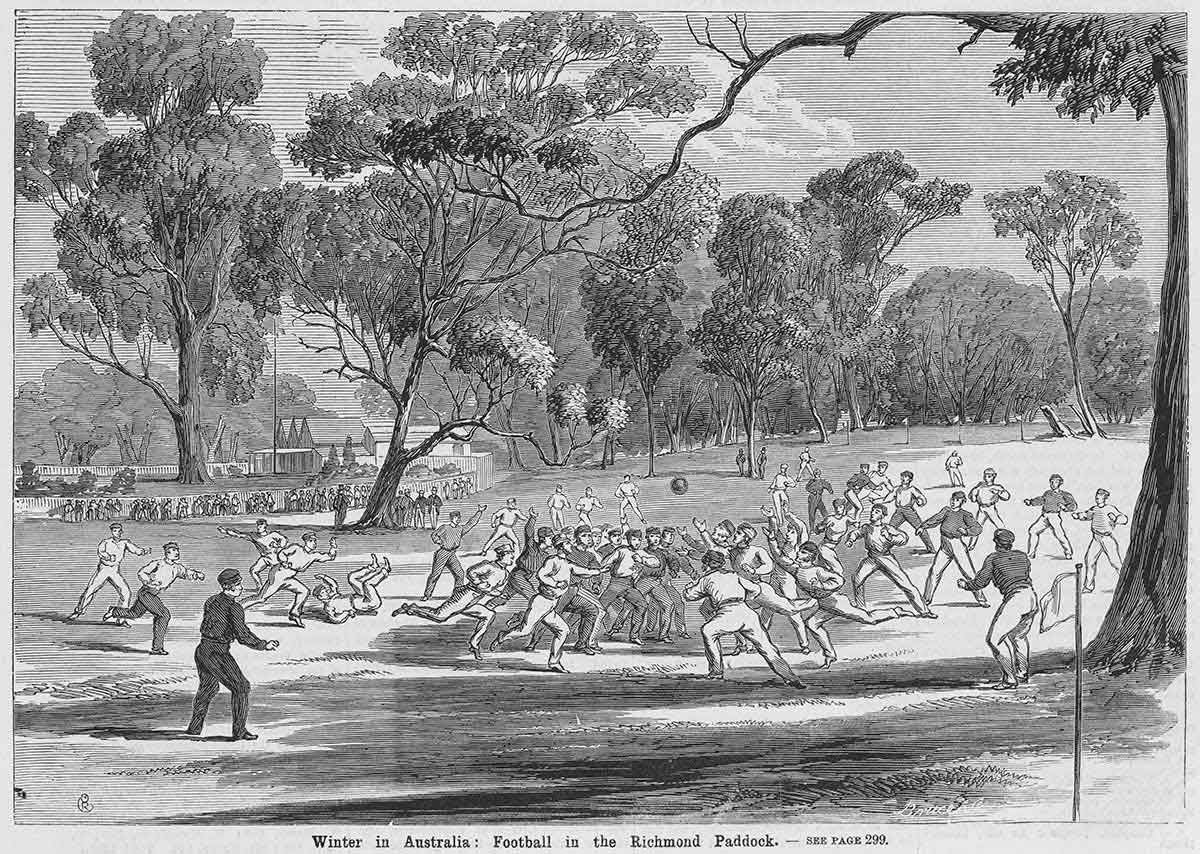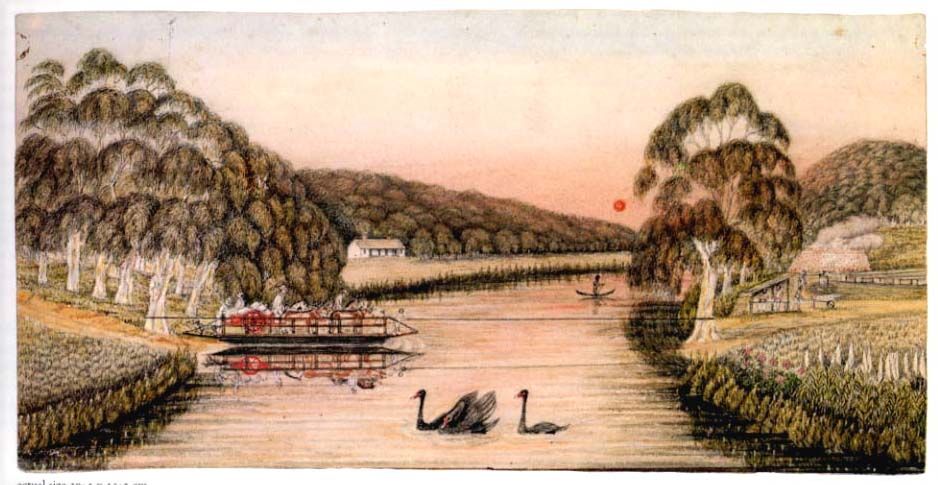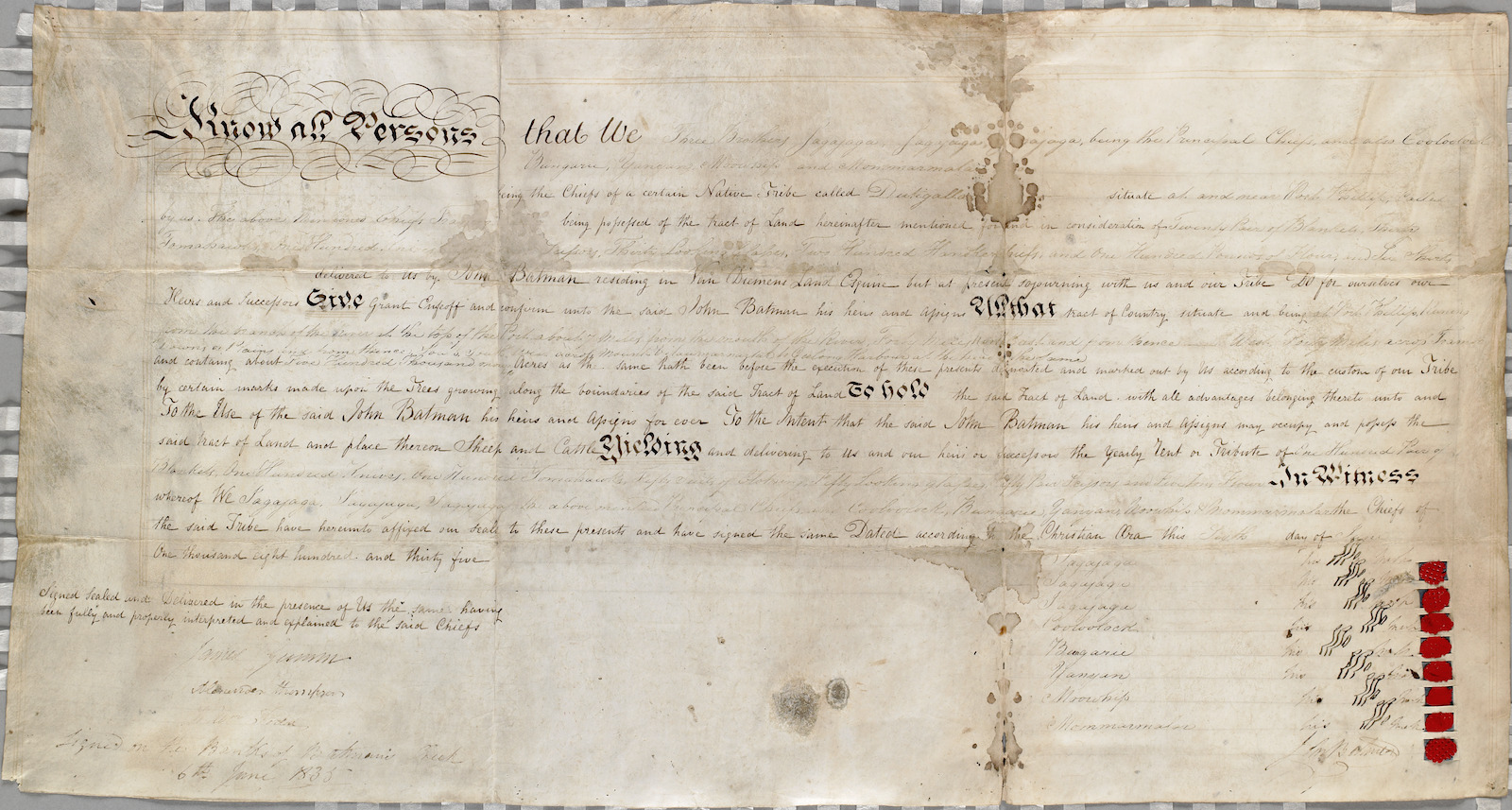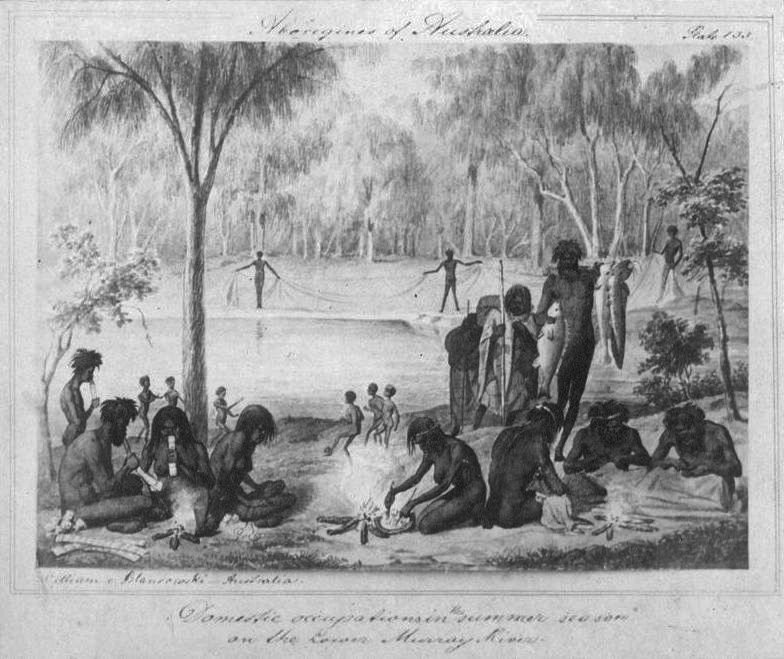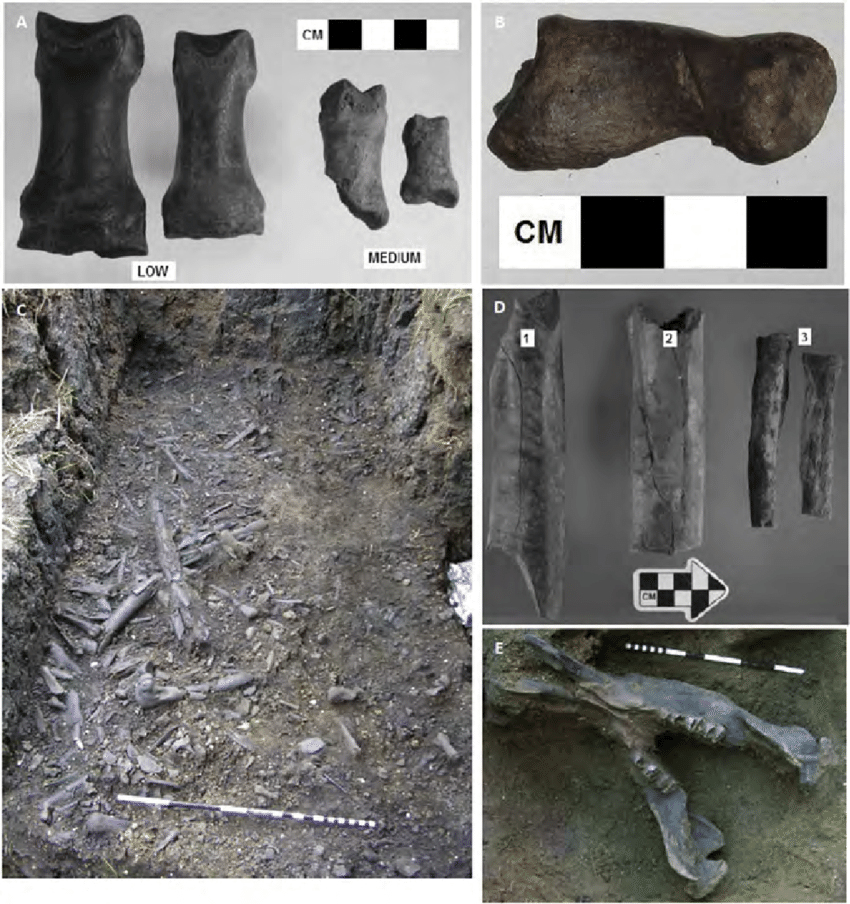
AsianOverland.net
Tour Guide - Itinerary
Asian Overland Sydney to London
Started 22/06/2022 Finished 21/06/2023365 Days ITINERARY
Day 3 date 24/06/2022Millewa, Wiradjuri to Melbourne, Kulin
ASIANOVERLAND.NET SYDNEY TO LONDON DAY 3: MILLEWA TO MELBOURNE, KULIN
The First Australians are often credited with hunting out and making extinct megafauna, including Diprotodons (a rhinoceros sized wombat) and giant kangaroos.
Lancefield Swamp includes a bone bed containing the remains of about 10,000 individual animals and at least six megafauna species. The majority of bones are from the eastern grey kangaroo (Macropus giganteus) or the extinct Macropus titan, closely related to the eastern grey kangaroo.
Dating of Diprotodon, which became extinct about 44,000 years ago, from the Lancefield swamp bone bed, shows ages between 46,000-56,000 years. The First Australians made rock art drawings of the Diprotodon, and, no doubt, ate them at Lancefield swamp and other fire pits around Australia.
The generally accepted minimum age of the Lancefield swamp bones are about 31,000-32,000 years. The age span of 10,000 individual animal bones at Lancefield Swamp suggests annual feasts from 46,000 years ago to 31,000 years ago. Perhaps giant wombat and kangaroo corroborees nearly every year for about 15,000 years.
During the 1960’s, we participated in annual New Year’s Eve feasts of kangaroo at Vaughan Springs camping ground, near Lancefield, for about 10 years, so we only have about 9,990 years to go, to potentially match the Lancefield swamp bones (minus the extinct mega fauna and Diprotodons). Either way, kangaroo has been an Australian staple for at least 50,000 years, best cooked in its skin in the fire pit or hearth; although many kangaroo skins were retained for use as kangaroo fur coats.
For tens of thousands of years, the First Australians used rocks in river beds to trap fish and eels, and ford rivers, so they could fish and rock hop from one side of the river to the other.
One such ford was at the lower Yarra River at what is now Princes Bridge (St Kilda Road). This ford and waterfall ensured the Yarra River was fresh water, ideal for eels, platypus and freshwater fish. Whereas the Maribyrnong River was not forded on its lower reaches and was a saltwater river near Melbourne.
The area surrounding the Yarra River was first inhabited by the Boonwurrung and Wurundjeri peoples of the Kulin nation.
The area has been occupied by indigenous Kulin clans for at least 30,000 years. The Yarra river, known to the Wurundjeri people as Birrarung, was an important resource for the Wurundjeri people. Some sites along the river and its tributaries were important meeting places where corroborees were held between Indigenous communities. The most well-known is Yarra Park, where the Melbourne Cricket Ground (MCG) is situated. The Yarra River's resources were utilised sustainably by the Wurundjeri until the arrival of European colonists.
Marn Grook or marngrook, from the Woiwurung language for "ball" or "game", is an Indigenous Australian football game played at gatherings and corroborees by many players (sometimes more than 100).
These games featured punt kicking and catching a stuffed ball, usually made of possum skin, and were played over an extremely large area. The game was subject to strict rules - players had to be matched for size, gender and tribal relationship. Common totems for players included kangaroos, crows, magpies, swans, koalas, eels, wallabies and eagles.
To European observers, the game appeared to lack a team objective, having no real rules or scoring system. A winner was declared if one of the sides agreed that the other side had played better. Individual players exhibited outstanding skills, such as leaping high over others to catch the ball.
Marngrook games were played extensively in south-eastern Australia, including the Djabwurrung and Jardwadjali people and other tribes in the Wimmera, Mallee and Millewa regions of Victoria, the Gunai people of Gippsland, and the Riverina in New South Wales. The Warlpiri tribe of Central Australia played a very similar kicking and catching game with a possum skin ball.
Australian Aboriginal domestic paintings depict traditional marngrook games, including kicking the ball, with the object and caption being to "never let the ball hit the ground". (William Blandowski's Australien in 142 Photographischen Abbildungen, 1857).
Traditional Kulin living, which had subsisted for tens of thousands of years, changed dramatically soon after John Batman sailed into Port Phillip Bay on 29 May 1835. After hearing a native dog howling, they landed at Indented Head, and explored the Bay, first at Corio Bay near Djillong (Geelong), and later sailing up the Yarra and Maribyrnong rivers at the north of the Bay.
Batman's party met Kulin people several times, presenting gifts of blankets, handkerchiefs, sugar, apples and other items, and receiving gifts of woven baskets and spears. On 6 June, 1835 Batman met with eight elders of the Wurundjeri, including Ngurungaetas Bebejan and three brothers with the same name, Jika Jika or Billibellary, the traditional owners of the lands around the Yarra River.
The Kulin people had always owned the 600,000 acres around Melbourne which are the subject of an annual payment in Batman’s Deed. Batman’s annual obligation (which was not subsequently paid to the Kulin people) was 40 pairs of blankets, 42 tomahawks, 130 knives, 62 pairs of scissors, 40 looking glasses, 250 handkerchiefs, 18 shirts, 4 flannel jackets, 4 suits of clothes and 150 lb. of flour. The Melbourne Museum in Carlton Gardens contains one of the original Deeds, as well as an excellent exhibition of local indigenous history, including fish and eel traps.
Settlement and dispossession of the Wurundjeri lands began soon after a ceremony in which Wurundjeri leaders conducted a tanderrum ceremony to allow outsiders temporary access to the resources of clan lands. John Batman and other new Australians interpreted this symbolic act as equivalent to an absolute transfer of all Woiwurrong territory. Within a few years settlement began around Pound Bend at Mullum Mullum Creek in 1838, and on Beal Yallock, now known as Anderson's Creek a year later, and a punt took New Australians across the Yarra River at what is now Punt Road.
The visitors’ measures to clear the area of aborigines was met with guerrilla skirmishing, led by Jaga Jaga, with the appropriation of cattle and the burning of fields.
© This work is copyright. Apart from any use permitted under the Copyright Act 1968, no part may be reproduced by any process, nor may any other exclusive right be exercised, without the permission of Peter Searle, peter@portseavillageresort.com; 1980-2024.
Website built by Justin O’Dea www.webdeveloperdocklands.com.au
